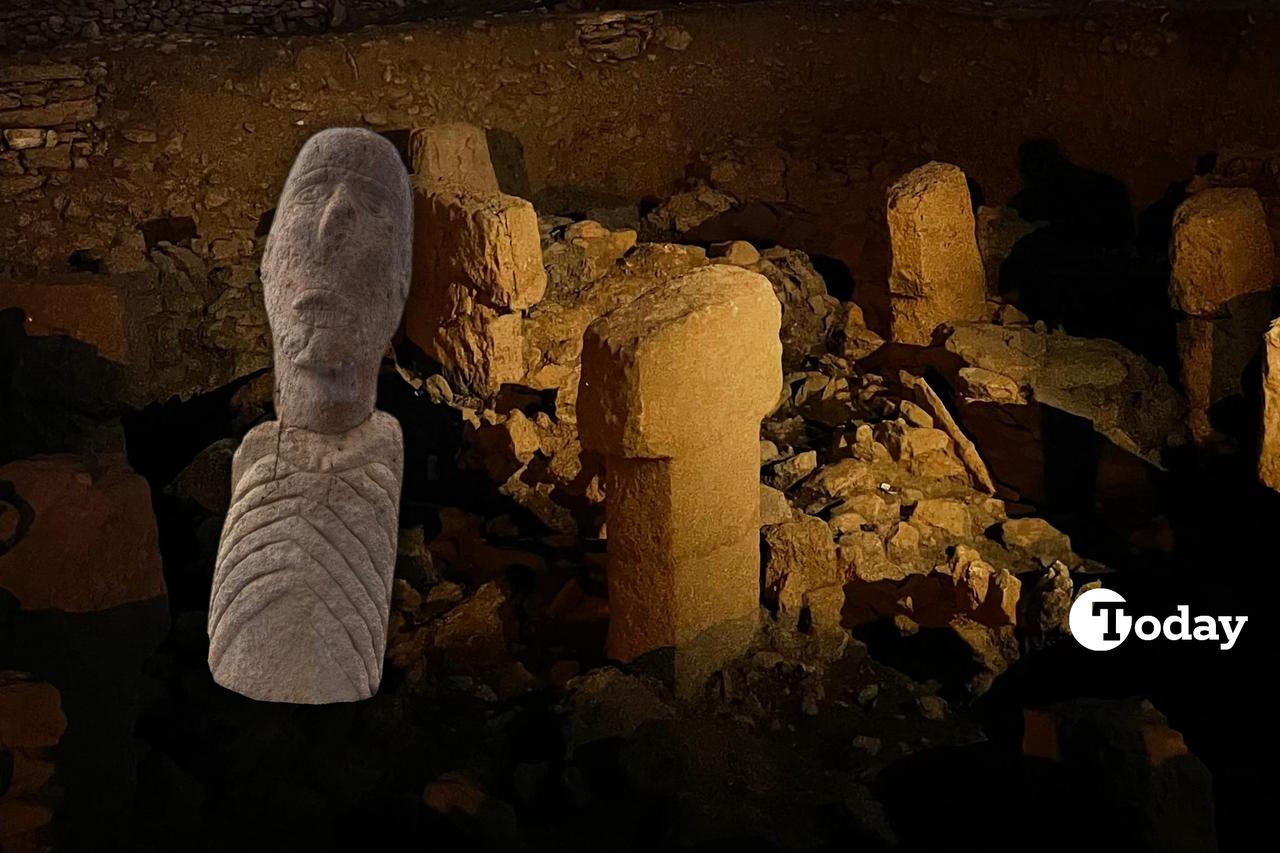
A striking statue with a stitched mouth, uncovered in 2025 at the Neolithic site of Sayburc in southeastern Türkiye, is prompting archaeologists to rethink how prehistoric communities in the Tas Tepeler (Stone Mounds) region understood death and ritual, while new architectural finds point to unexpectedly monumental public spaces at the heart of the settlement.
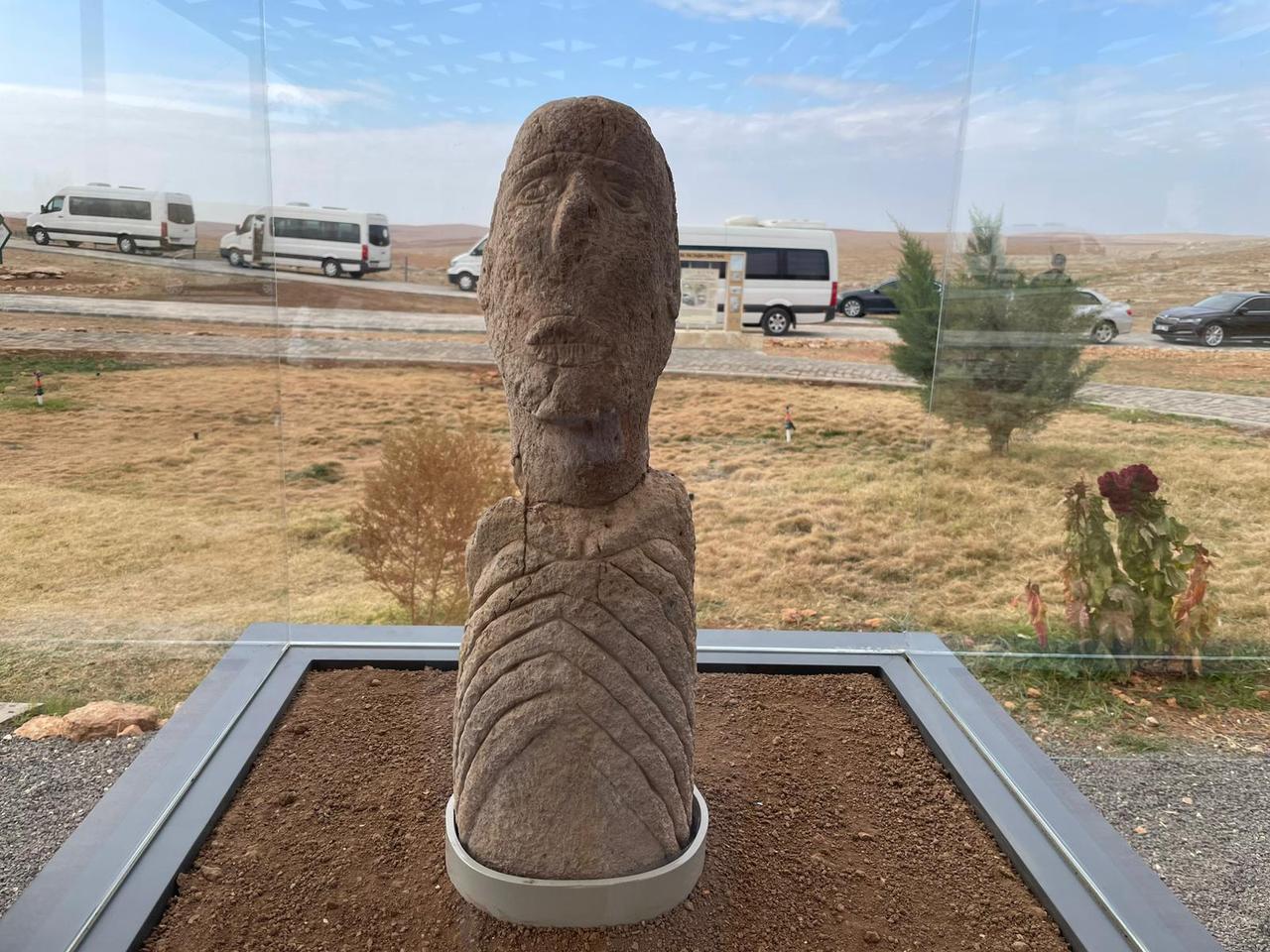
Among the most notable discoveries of 2025 is a statue from Sayburc whose facial expression evokes a dead individual. When observed closely, one detail stands out: the mouth of the figure is depicted as stitched shut.
This Sayburc statue has given researchers the chance to evaluate the relationship that prehistoric people established with death, not only through burial practices and treatments applied to skulls, but also by looking at death rituals from different angles.
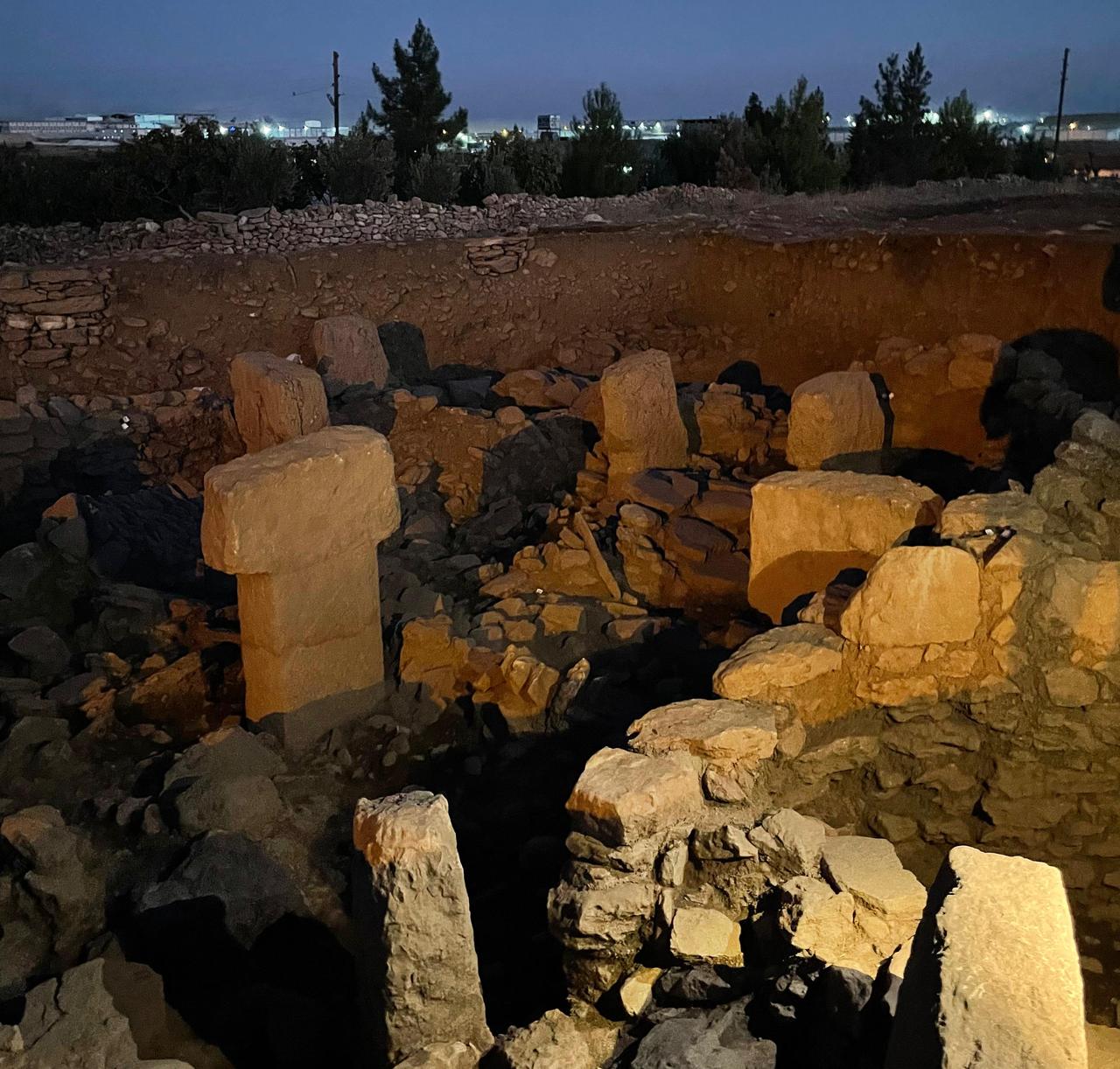
Speaking to Türkiye Today, Sayburc excavation director Associate Professor Eylem Ozdogan said that the 2025 field season at the site unfolded over a long period and brought with it a series of striking finds. She noted that, as in previous years, the team carried out excavations in domestic buildings and managed to reach many details about the overall layout that created the integrity of the households.
However, she underlined that one of the most surprising outcomes of the season was the discovery of a large public building located in a highly central part of the mound. Ozdogan explained that the team had already been aware of the presence of special buildings at Sayburc, yet they had not anticipated that such large structures could appear there.
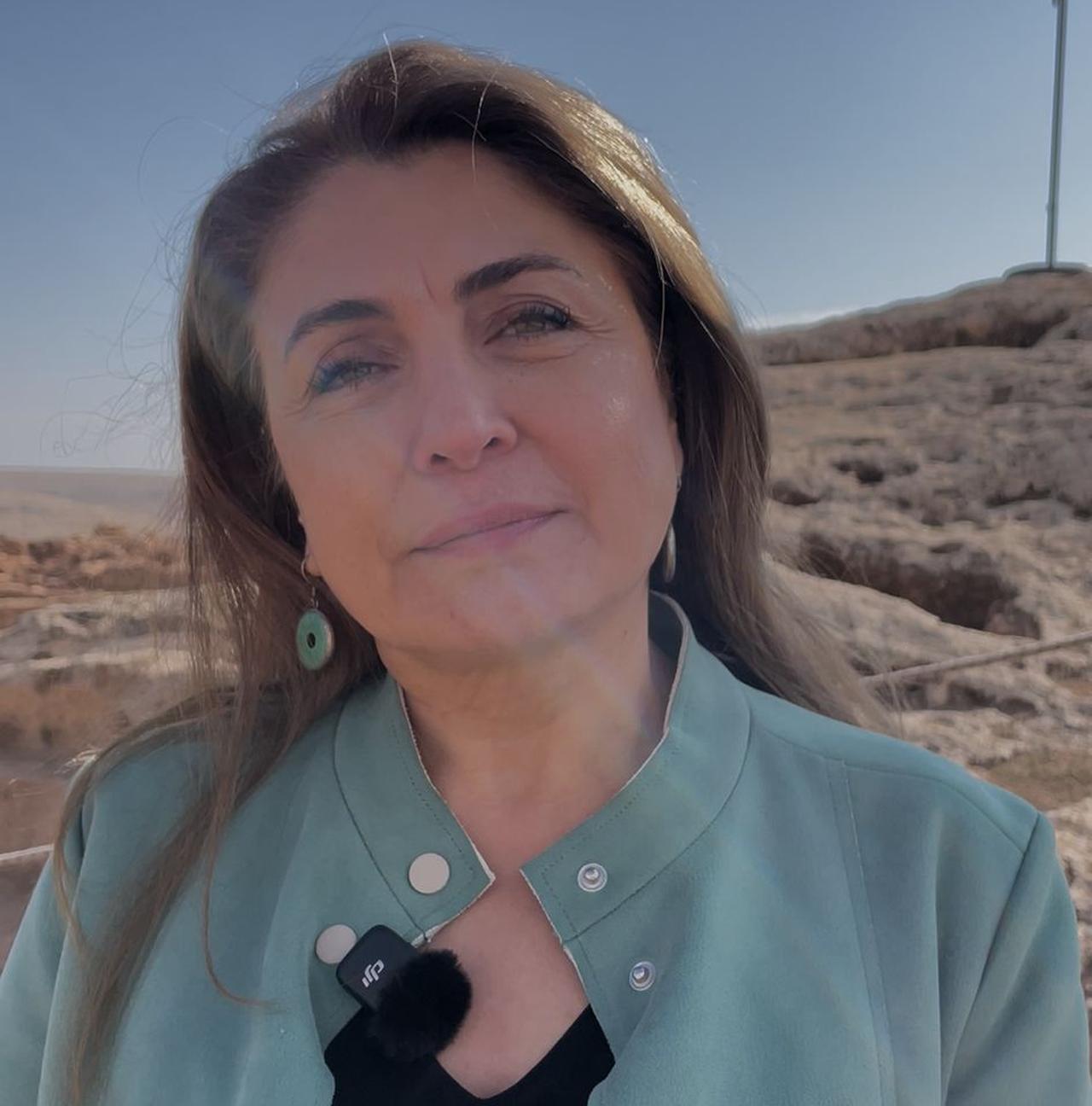
According to her, this monumental structure, with a diameter of about 14 metres and high platforms, has been preserved in good condition. She added that the statue presented by the minister came from a damaged area immediately next to this building and is probably related to it.
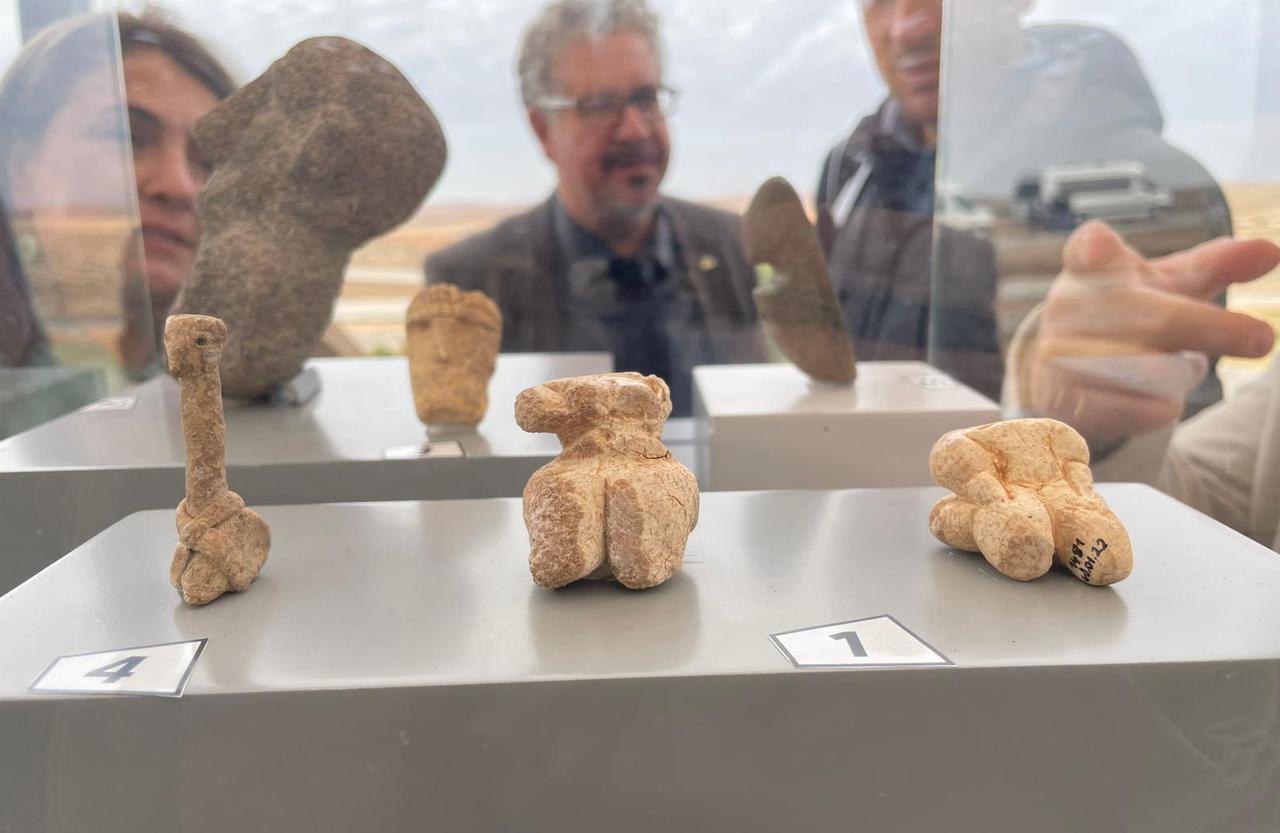
Ozdogan also pointed out that impressive artistic depictions uncovered in public buildings were among the elements frequently encountered not only at Sayburc but also in other settlements across the region.
In contrast, she highlighted a different type of find from the 2025 season: a small female figurine discovered inside a domestic building. This figurine, made of baked clay and stylised in form, has large hips symbolizing a woman. Ozdogan described this figurine as one of the exciting results of the season, as it adds another dimension to the visual and symbolic world of Sayburc within the broader Tas Tepeler landscape.
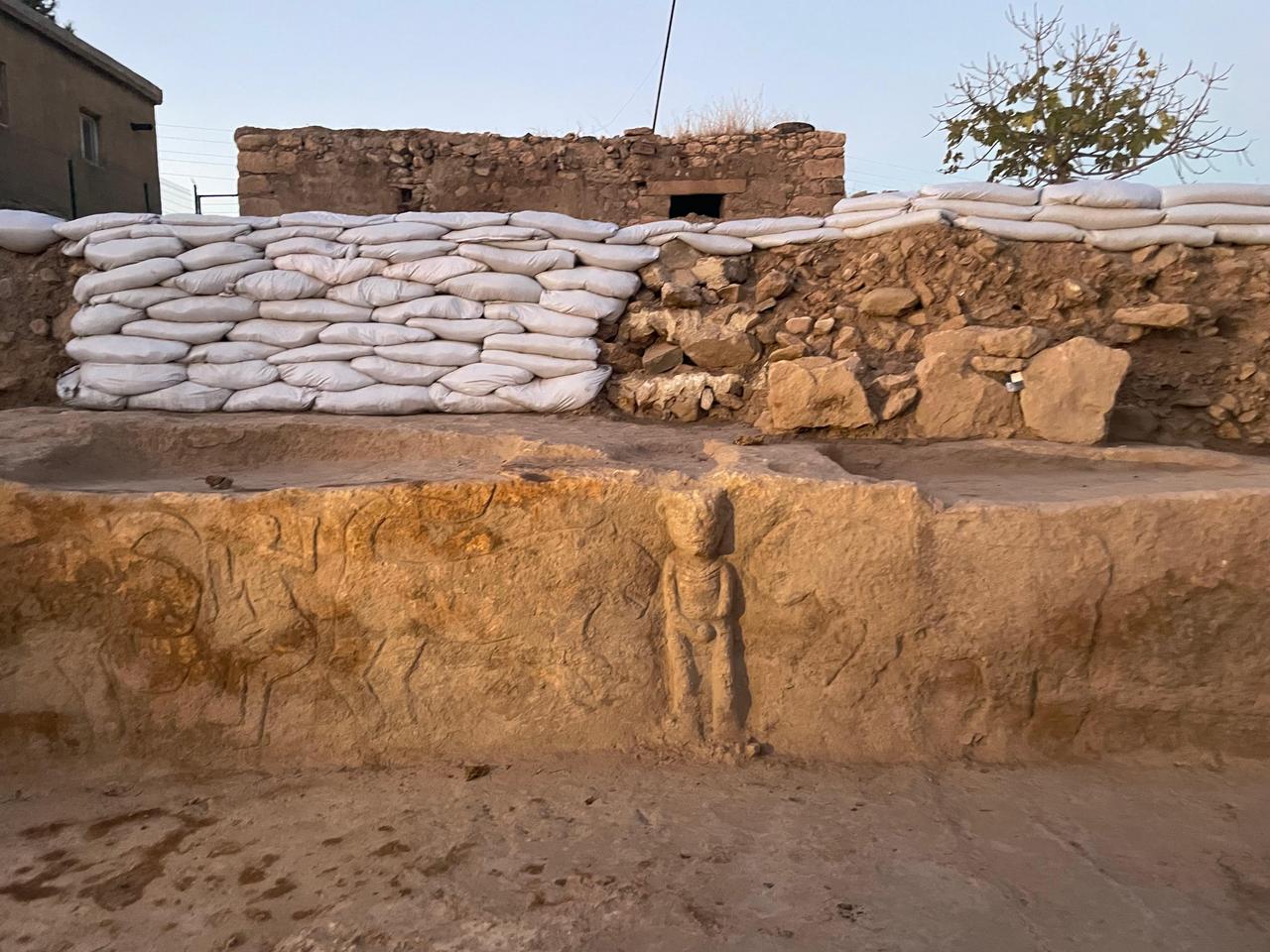
The Neolithic Age, described as the period when human communities began to settle in one place and produce their own food, marks a turning point in humanity’s shared past. In this process, the northern stretches of the Firat and Dicle rivers, especially the region around Sanliurfa, have emerged as an area where cultural change can be followed in particularly vivid and detailed ways.
Archaeological excavations and scientific analyses carried out to date have brought to light many aspects of Neolithic communities, including their rituals, daily ways of life, subsistence strategies, domestication processes, level of architectural development and production technologies, allowing researchers to lay out these dimensions in considerable detail.
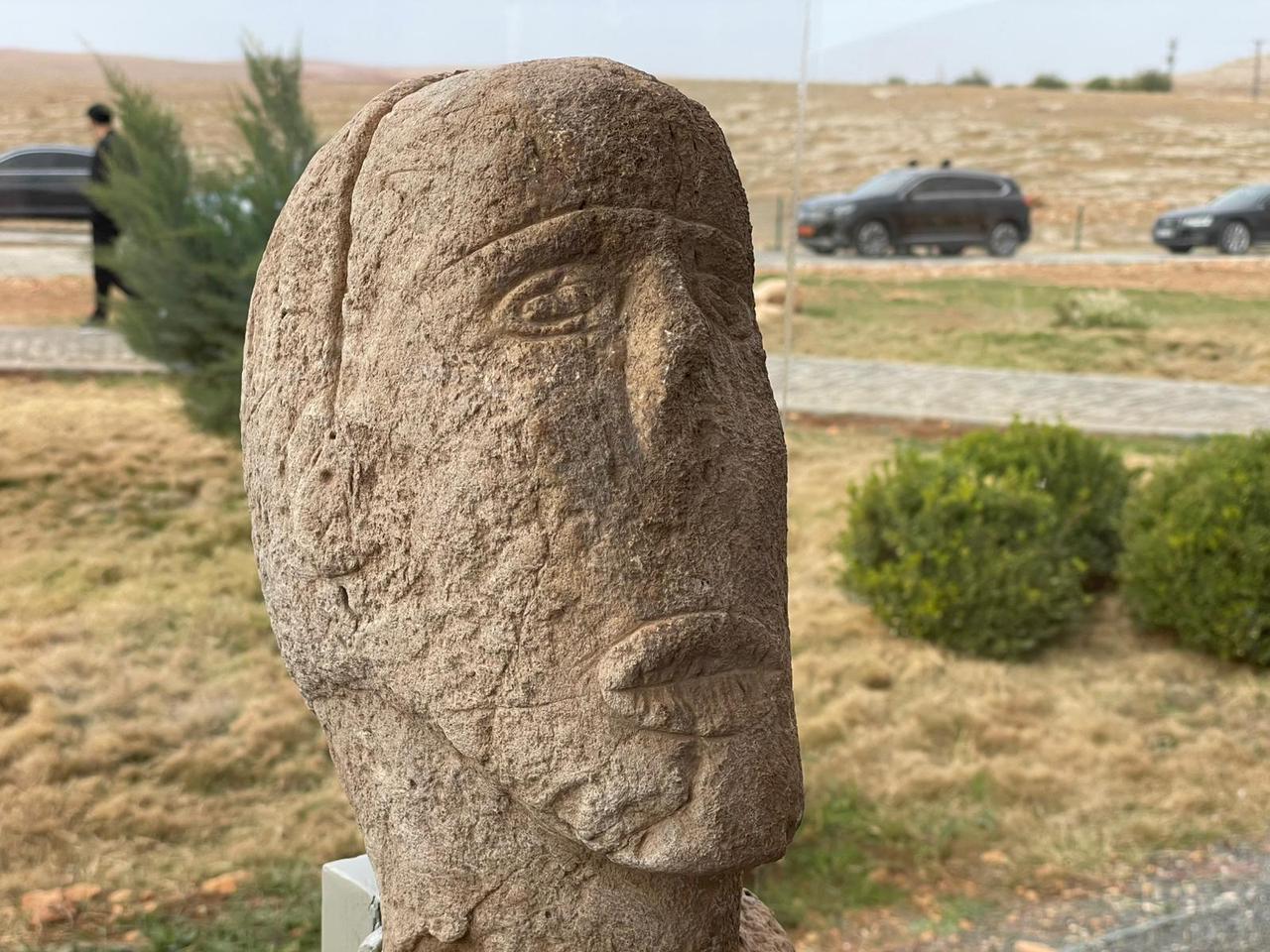
The Tas Tepeler Project is gradually bringing out the earliest traces of civilization with an unusual depth, as it works to reveal the Neolithic period layer by layer. Conducted for five years under the leadership of the General Directorate of Cultural Assets and Museums, excavation, research and analysis within the project have produced data that confirms how solid and realistic its initial goals were.
This unique geography stretching from Gobeklitepe to Karahantepe and from Sayburc to Sefertepe shows that humanity had reached a level of awareness in belief, ritual, social organisation and cultural production that was far beyond what had previously been assumed. Every new discovery made in the field is helping researchers understand the historical and cultural importance of Tas Tepeler more clearly and is offering reliable contributions to the wider scientific community.